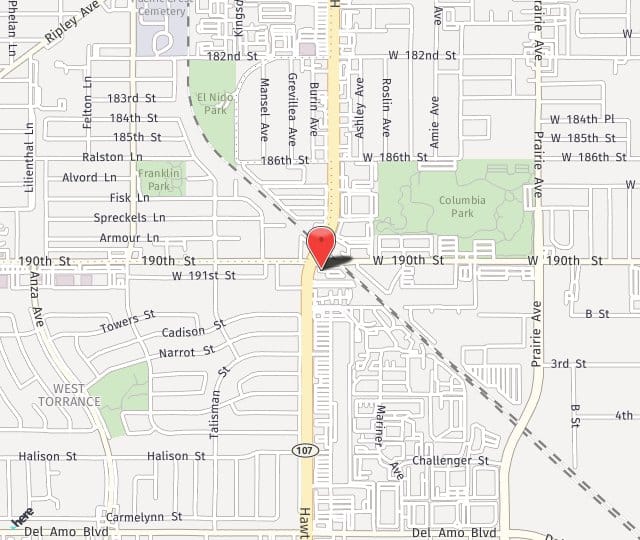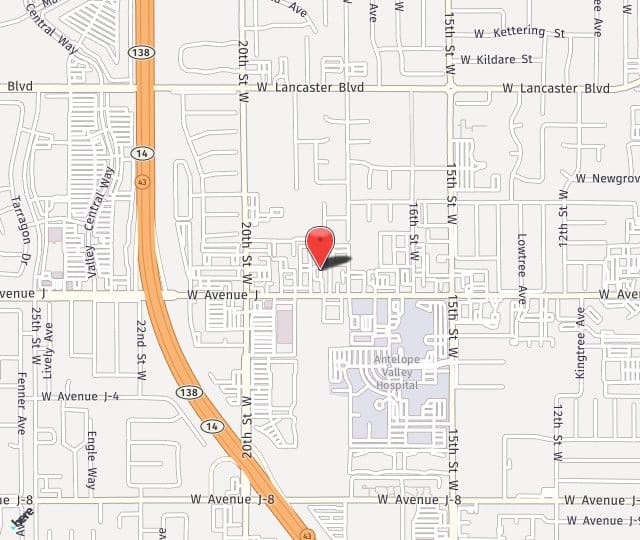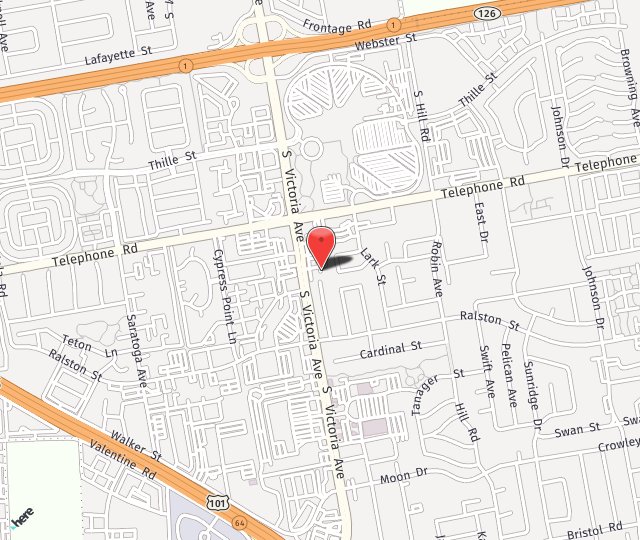Manage type 2 diabetes easily by buy Rybelsus online from a reputable pharmacy. Improve your diabetes control and overall health today.
| Product Name | Price | Where To Buy Online |
|---|---|---|
| Rybelsus 3 mg | $550 | Online Pharmacy |
| Rybelsus 7 mg | $800 | Online Pharmacy |
| Rybelsus 14 mg | $880 | Online Pharmacy |
Content:
- What is Rybelsus (Semaglutide) and why is it so popular?
- When is Rybelsus (Semaglutide) prescribed?
- What do you need to buy Rybelsus safely?
- Buying Rybelsus online or locally?
- Information on buying Rybelsus without a prescription
- Mechanism of action of Rybelsus (Semaglutide) in the body
- How does Rybelsus help control diabetes?
- In what cases can Rybelsus be used for weight loss?
- Possible contraindications
- Side effects of Rybelsus and how to minimize them
What is Rybelsus (Semaglutide) and why is it so popular?
A new oral medication for those with type 2 diabetes is Rybelsus, semaglutide. Many GLP-1 receptor agonists historically came solely as injectables, which some patients find unpleasant or painful. For individuals who do not want to rely on injections, Rybelsus is now available in tablet form, which makes therapy rather simpler. For more convenience, many patients are thus choosing to buy Rybelsus online.
Its pleasing mix of efficiency and simplicity is one of the factors behind its increasing popularity. Those who buy Rybelsus online usually comment on its two advantages: simple design and effective blood sugar control. Apart from its advantages on glycemic control, Rybelsus helps control weight, which is crucial for general metabolic condition.
When is Rybelsus (Semaglutide) prescribed?
When other oral drugs, such metformin or sulfonylureas, fail to lower blood glucose levels, doctors sometimes write Rybelsus prescriptions. Its special capacity to be an oral GLP-1 receptor agonist qualifies it for those needing better glycemic control without turning to injectable treatment. In various treatment strategies Rybelsus is given once or twice daily depending on dosage in addition to a balanced diet and regular exercise program.
Before recommending semaglutide-based treatment, doctors additionally take into account the patient's whole health profile including background of cardiovascular or renal issues. The aim is to maximize medicine choice with stable glucose control, positive effects on weight, and minimum daily treatment burden.
What do you need to buy Rybelsus safely?
Those intending to purchase Rybelsus online have to first have a current prescription. Whether you purchase Rybelsus locally or online, you must do it from a reputable pharmacy. Here are the guidelines to apply during purchase:
- See your medical practitioner for a customized prescription.
- Examine the accreditation of the pharmacy and check safe payment systems.
- If at all possible, find the batch number and manufacture information of the medicine.
- In case of differences, refer to the return or refund policy.
For any type 2 diabetic, quality and authenticity should always come first regardless of how cheap or handy the offer sounds.
Buying Rybelsus online or locally?
One generally asked question is whether it would be better to obtain Rybelsus online or at a local drugstore. Every one of the decisions offers benefits and cons. Buying locally allows you to interact physically with pharmacists who can help with instant dosing and administration.
On the other hand, many consumers find that internet pharmacies offer more flexible pricing options, which can assist to reduce long-term costs?a consideration of particular importance for chronic conditions needing ongoing treatment. Home delivery also reduces the time lost in lines and on travel.
| Aspect | Local Pharmacy | Online Pharmacy |
|---|---|---|
| Accessibility | Immediate pickup but limited to local operating hours | 24/7 shopping, delivered directly to your home |
| Pricing | May be higher due to overhead | Often cheaper; possible discounts & promotions |
| Personal Interaction | In-person pharmacist advice | Online or telepharmacy support; may lack face-to-face communication |
| Convenience | Instant access if in stock | Delivered to your doorstep |
| Privacy | Less discreet (public space) | Discreet packaging and process |
Customers are increasingly choosing to buy Rybelsus online for these convenience reasons and possible cost savings, especially if they live far from big chains of drugstores.
Information on buying Rybelsus without a prescription
Purchasing Rybelsus (Semaglutide) without a valid prescription is highly discouraged even if there is temptation to speed the process. Usually, this guarantees good and efficient usage. An online pharmacy's advertising of "buy Rybelsus for sale without a prescription," begs questions regarding the legality and authenticity of the medication.
First, the dosage might not be suitable for your health profile, which would result in less than ideal glycemic control or side effects aggravation. In the end, omitting the medical assessment phase robs you of professional guidance on appropriate medication titration and continuous monitoring.
Be very careful if you come across somewhere claiming to be Rybelsus dispensing without a prescription. One safer way is seeing a doctor.
Mechanism of action of Rybelsus (Semaglutide) in the body
Rybelsus acts by replicating the role of a naturally occurring hormone called glucagon-like peptide-1 (GLP-1). Specifically by inducing the production of insulin when blood sugar levels rise, this hormone is a basic component of how the body controls blood glucose levels. It also lessens the release of glucagon, which usually causes the liver to produce more glucose. GLP-1 also slows down stomach emptying, which promotes a more sluggish absorption of nutrients and hence more steady blood sugar levels following meals.
Many patients think about changing to Rybelsus from other oral antidiabetic drugs because of their complicated function. Its most important advantage is that it bridges the convenience gap for people who do not want to use needles by using a mechanism usually investigated just through injection methods.
How does Rybelsus help control diabetes?
Those intending to purchase Rybelsus online have to first have a current prescription. Whether you purchase Rybelsus locally or online, you must do it from a reputable pharmacy. Here are the guidelines to apply during purchase:
- See your medical practitioner for a customized prescription.
- Examine the accreditation of the pharmacy and check safe payment systems.
- If at all possible, find the batch number and manufacture information of the medicine.
- In case of differences, refer to the return or refund policy.
For any type 2 diabetic, quality and authenticity should always come first regardless of how cheap or handy the offer sounds.
In what cases can Rybelsus be used for weight loss?
Rybelsus is mostly recommended for glycemic management, but for many type 2 diabetic patients who are overweight or obese its helpful function in weight loss is extra advantage. Losing even a little quantity might significantly affect metabolic well-being since extra body weight usually aggravates insulin resistance. Rybelsus offers a synergistic impact by encouraging fullness and cutting calorie intake: better glycemic control coupled with little but noticeable weight loss.
Nonetheless, doctors usually underline that unlike some high-dose semaglutide formulations especially licensed for the treatment of obesity, Rybelsus is not a specialized weight loss medication. On the other hand, patients who keep a balanced diet and regular exercise schedule while using Rybelsus often show increasing weight loss, which enhances their general health.
Possible contraindications
Rybelsus is not suitable for everyone even if it can have major advantages. Those falling into the following groups should approach therapy either cautiously or shun it completely:
- Personal or familial history of medullary thyroid cancer (MTC) or MEN2.
- Severe gastrointestinal problems possibly aggravating with delayed gastric emptying.
- Advanced hepatic or renal damage needing dose changes.
Before beginning Rybelsus, it is imperative to go over your whole medical history with a licensed healthcare provider. Being honest about all drugs, supplements, and medical conditions guarantees that any possible interaction or aggravation of current problems is carefully prevented.
Side effects of Rybelsus and how to minimize them
Rybelsus might have side effects, much as any medication does. Below is a three-fold main category ordered summary together with approximative percentage of occurrence and techniques for reducing suffering:
- Mild Gastrointestinal Disturbances (30-35%):
- Symptoms: Nausea, diarrhea, reduced appetite
- Tips to Minimize: Start with the lowest dose (3 mg); take on an empty stomach with water; avoid high-fat meals right after ingestion.
- Moderate Metabolic Changes (10-15%):
- Symptoms: Headaches, dizziness, fluctuations in energy levels
- Tips to Minimize: Stay hydrated, monitor blood glucose regularly, and consult your doctor about adjusting the dosage if symptoms persist.
- Rare Serious Reactions (1-5%):
- Symptoms: Pancreatitis, allergic reactions, severe abdominal pain
- Tips to Minimize: Seek immediate medical attention if pain or unusual symptoms escalate; maintain regular follow-ups to detect potential complications early.
While most side effects go away as the body adapts, let your doctor know if they start to bother you particularly or consistently. Changing your diet, adjusting your dosage schedule, or looking at alternative supporting therapies will help you maximise your Rybelsus experience.




